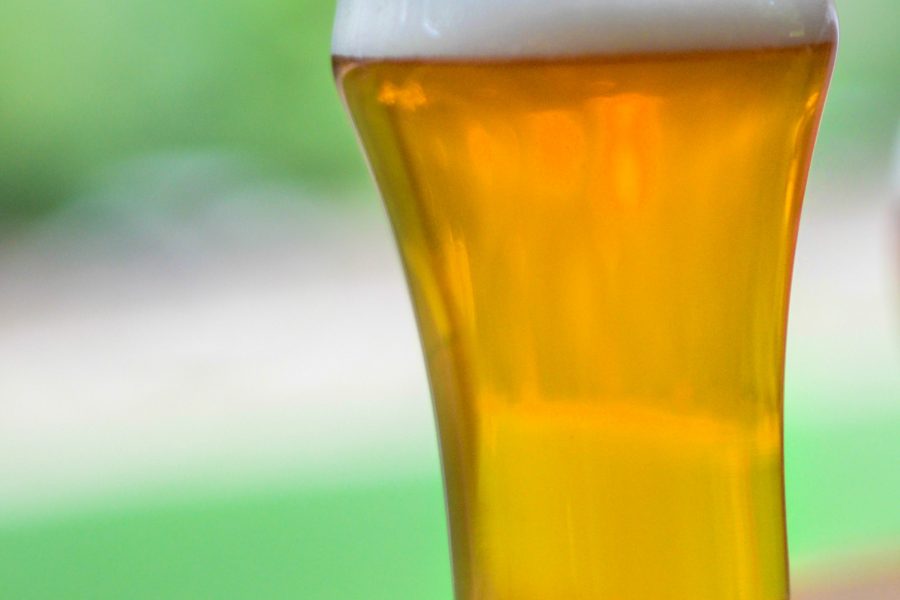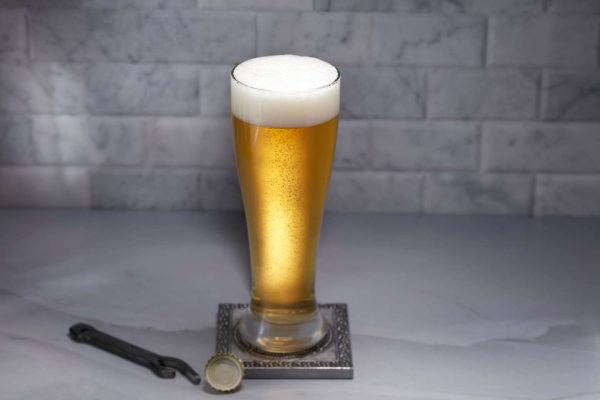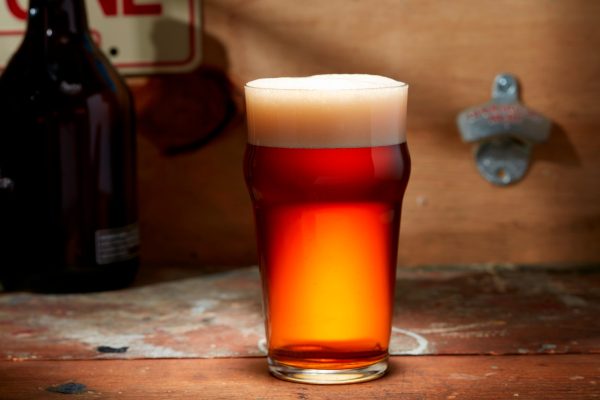
The following beer recipe is featured in the May/June 2018 issue of Zymurgy magazine. Access this issue along with the archives with Zymurgy Online!
“Our passion is Pilsner-driven,” says Brian Peters. “Pilsner is simple and refreshing all the way through, with enough hops to make it interesting. All good Pilsner recipes start with German Pilsner malt—and only Pilsner malt—to be authentic. I wouldn’t mess with anything else besides maybe a little bit of acid malt,” he advises homebrewers. “Water is critical, as Pilsner was not a style originally brewed in places with hard water. It’s too hard to get the hops and malt flavor right when you have that alkalinity, so we lower ours a bit. We have a pH of 6 when we mash in and when we sparge. Anything over 7, I can’t recommend.”
The following beer recipe is featured in the May/June 2018 issue of Zymurgy magazine. Access this issue along with the archives with Zymurgy Online!
“Our passion is Pilsner-driven,” says Brian Peters. “Pilsner is simple and refreshing all the way through, with enough hops to make it interesting. All good Pilsner recipes start with German Pilsner malt—and only Pilsner malt—to be authentic. I wouldn’t mess with anything else besides maybe a little bit of acid malt,” he advises homebrewers. “Water is critical, as Pilsner was not a style originally brewed in places with hard water. It’s too hard to get the hops and malt flavor right when you have that alkalinity, so we lower ours a bit. We have a pH of 6 when we mash in and when we sparge. Anything over 7, I can’t recommend.”
Ready to brew? Unlock unmatched resources, validated recipes, and more benefits when you become an AHA member. Join Now
Ready to brew? Unlock unmatched resources, validated recipes, and more benefits when you become an AHA member.
Join for $4.99Already a member? Login here





